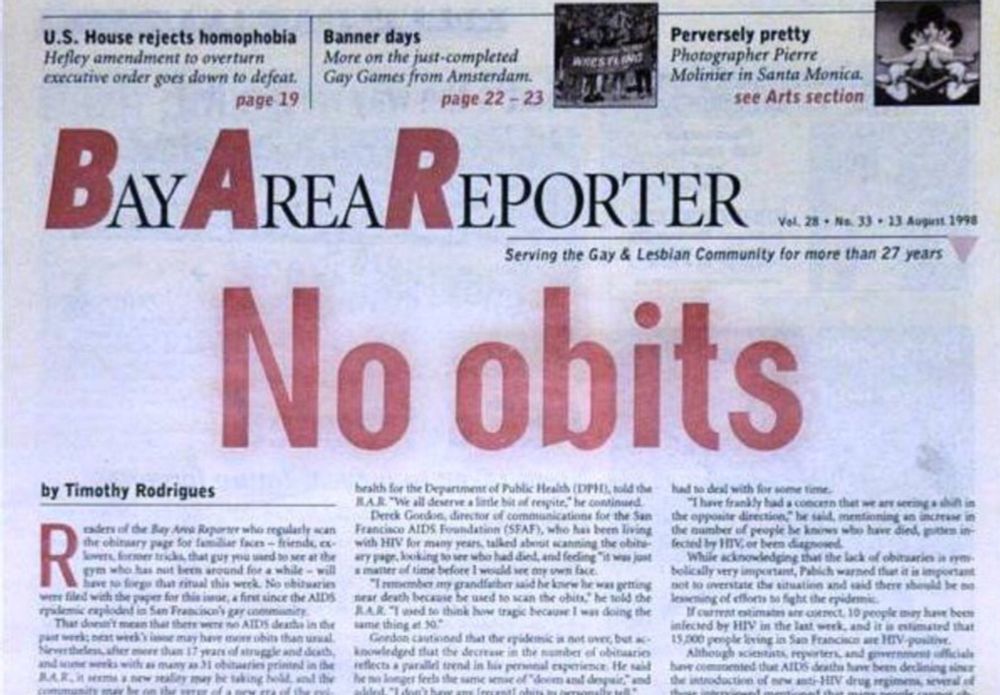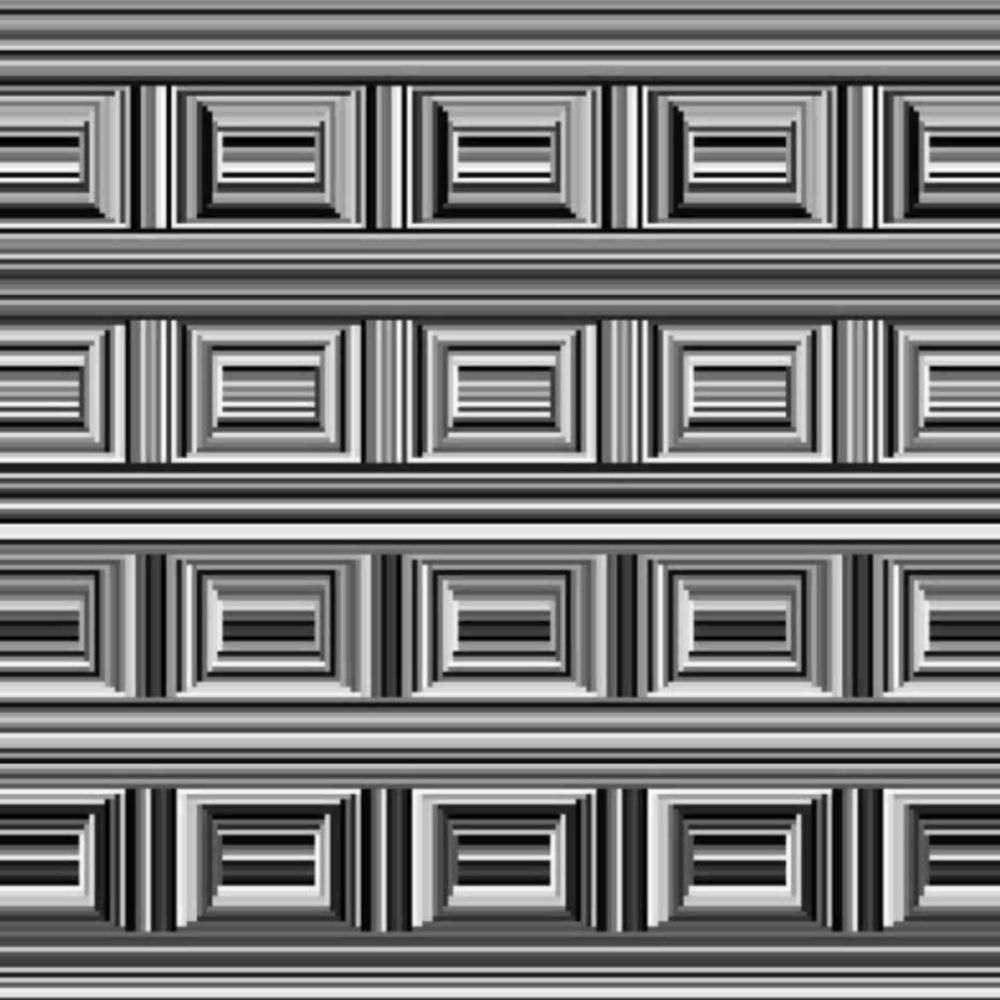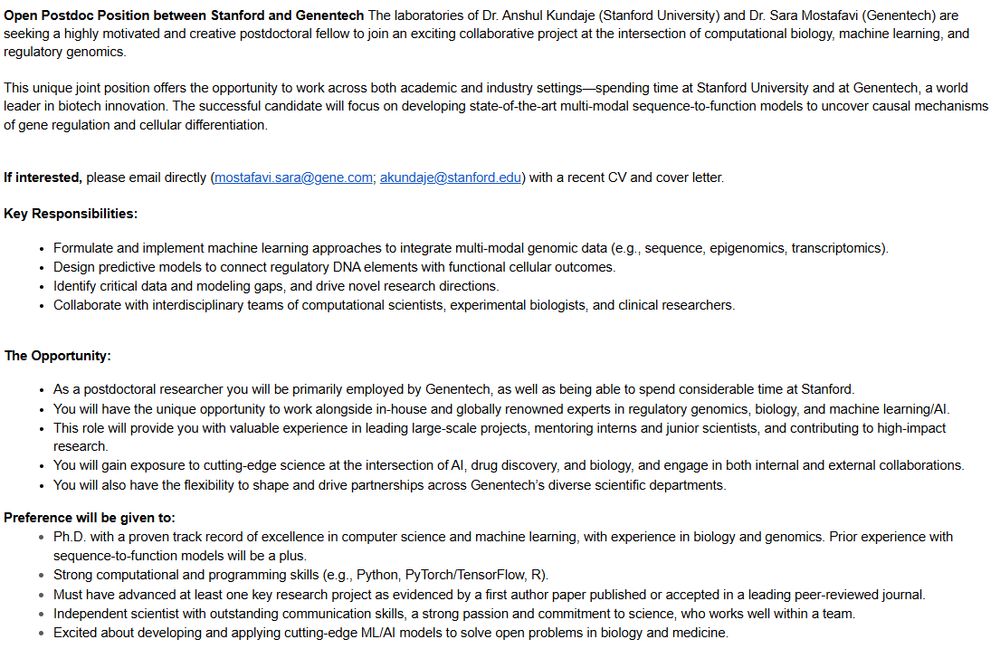David Angeles
@davidangeles.bsky.social
300 followers
950 following
56 posts
Focused on developing molecular technologies to control cell fate with precise spatiotemporal resolution. Recovering computational geneticist, ex-Altos, ex-eGenesis. Caltech PhD.
Posts
Media
Videos
Starter Packs
Reposted by David Angeles
Reposted by David Angeles
David Angeles
@davidangeles.bsky.social
· Jul 15
Vinay Ayyappan
@vayyappan.bsky.social
· Jul 15

Gastruloid patterning reflects division of labor among biased stem cell clones
Embryonic development typically requires precise coordination among cells to achieve reproducible outcomes, leading to the assumption that cellular heterogeneity must be minimized or buffered against....
www.biorxiv.org
David Angeles
@davidangeles.bsky.social
· Jun 23
Reposted by David Angeles
David Angeles
@davidangeles.bsky.social
· Jun 13
David Angeles
@davidangeles.bsky.social
· Jun 13
David Angeles
@davidangeles.bsky.social
· Jun 13
David Angeles
@davidangeles.bsky.social
· Jun 13
David Angeles
@davidangeles.bsky.social
· Jun 13
David Angeles
@davidangeles.bsky.social
· Jun 13
David Angeles
@davidangeles.bsky.social
· Jun 13
David Angeles
@davidangeles.bsky.social
· Jun 13
David Angeles
@davidangeles.bsky.social
· Jun 13
David Angeles
@davidangeles.bsky.social
· Jun 13
David Angeles
@davidangeles.bsky.social
· Jun 13
David Angeles
@davidangeles.bsky.social
· Jun 13
David Angeles
@davidangeles.bsky.social
· Jun 13
David Angeles
@davidangeles.bsky.social
· Jun 13
David Angeles
@davidangeles.bsky.social
· Jun 13
David Angeles
@davidangeles.bsky.social
· Jun 13
David Angeles
@davidangeles.bsky.social
· Jun 13
David Angeles
@davidangeles.bsky.social
· Jun 13
David Angeles
@davidangeles.bsky.social
· Jun 13



